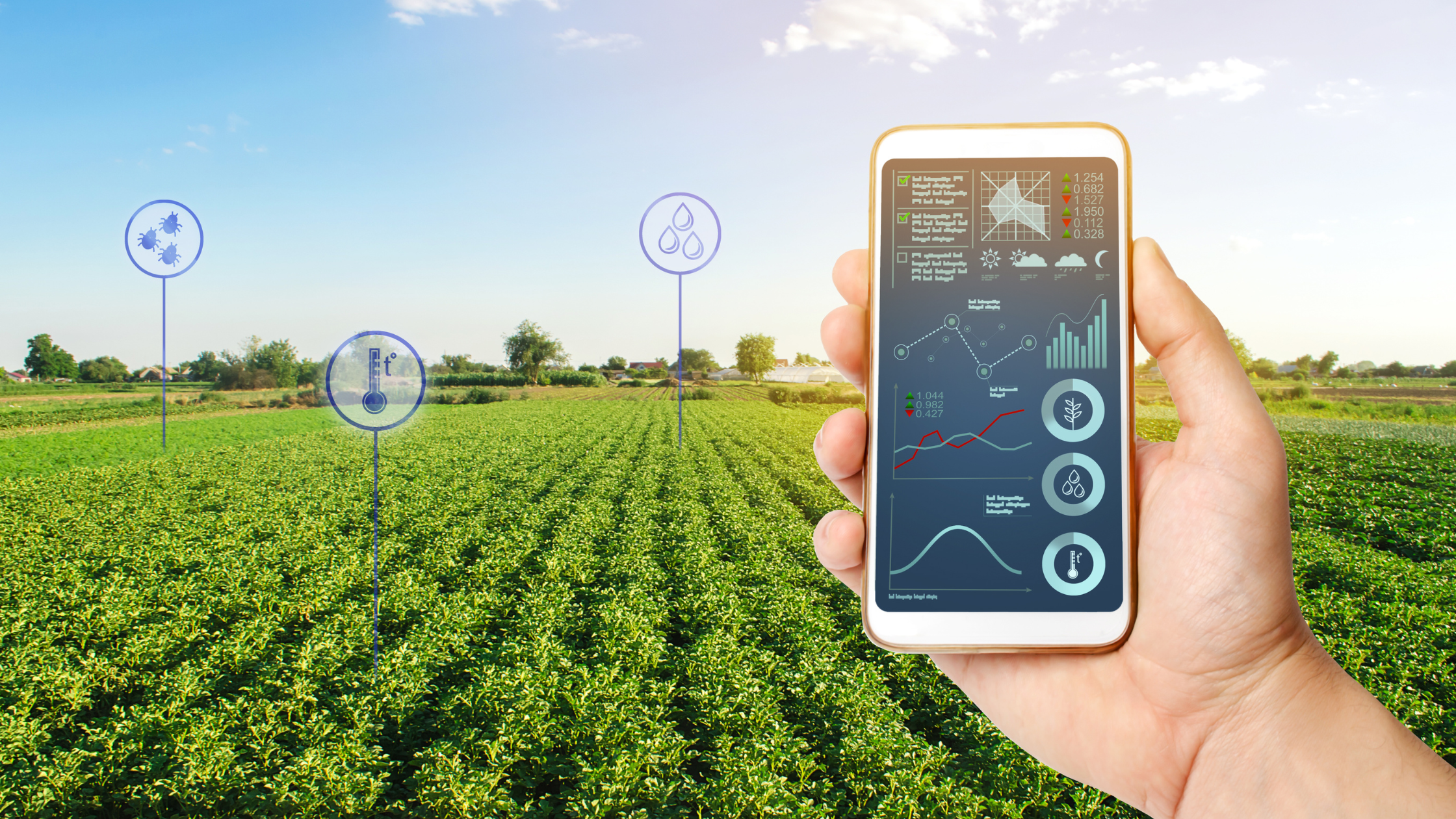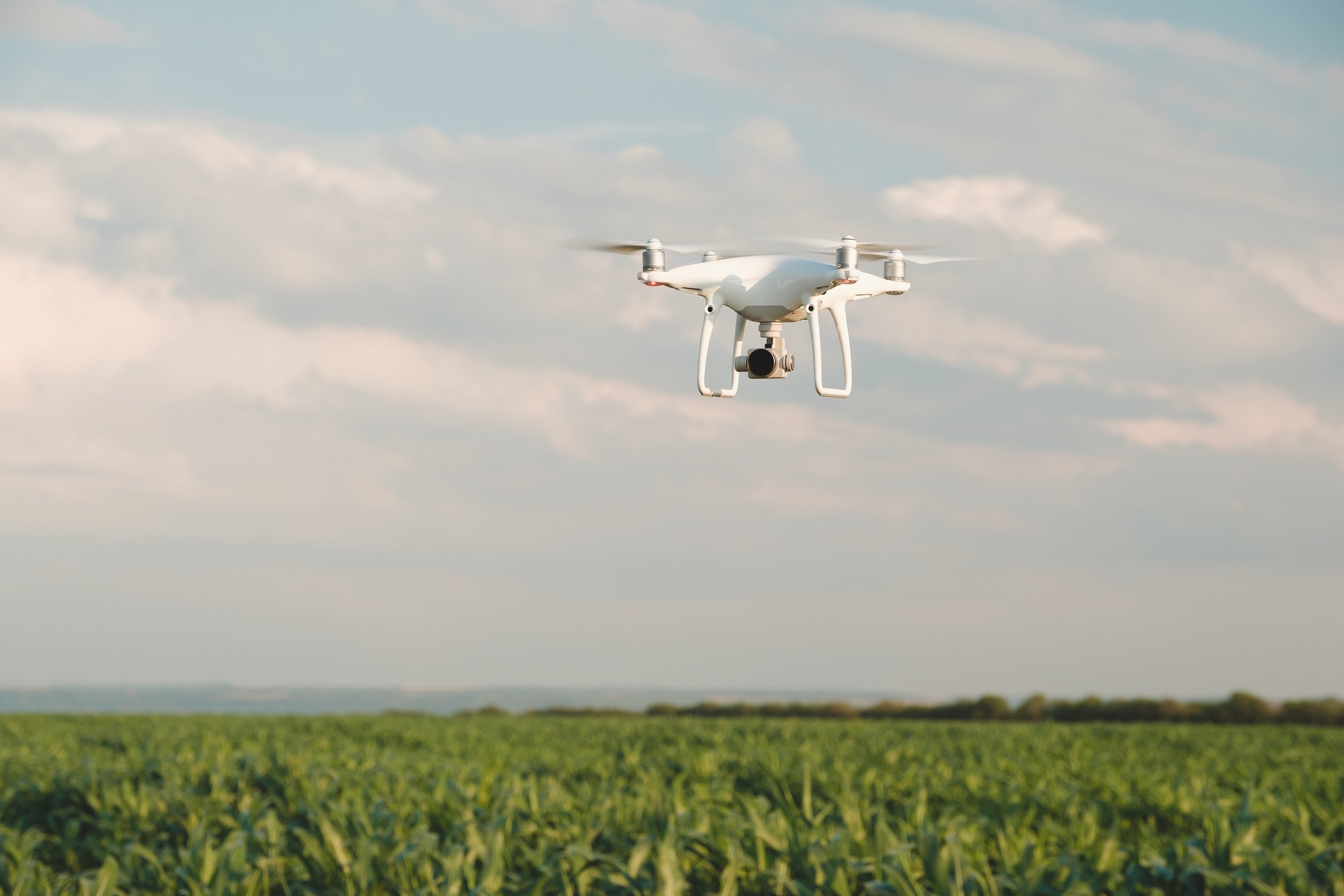Top 5 trends to watch that will drive the future of Agriculture
Look into the future of agriculture with RYNAN Agriculture
Technology has reshaped nearly every sector in today’s economy, including agriculture. Advancements in agricultural science are revolutionizing how we farm, and these top 5 AgTech solutions are making headway in transforming the agricultural landscape.
Agriculture has sustained human civilization for centuries, producing most of the Earth’s food supply. Over the decades, agriculture has benefitted from improved mechanized tools, biotechnologies, high-yielding crop varieties, and synthetic fertilizers that have increased farm productivity.
Yet the world remains hungry, and as the population continues to grow, farmers face pressing challenges such as climate change and labor shortages. The agriculture sector is under immense pressure to produce enough food for 10 billion people by 2050. As such, there is an urgent need for more efficient and sustainable farming practices. Fortunately, technology is planting roots in one of the most fertile industries, and the next big agricultural revolution will accelerate through digital means.
The Digitized World of Agriculture
The propagation of AgTech solutions such as the Internet of Things (IoT), AI, and robotics are already propelling farm productivity by increasing yields, reducing operating costs and environmental impact, and being less resource-intensive. Precision Agriculture, a data-driven approach to farming - uses sensors, drones, real-time data, and analytics to monitor and manage agricultural processes. It is emerging as a promising solution to global food security, and its exponential growth is expected to exceed US$23.7 billion by 2030.
AgTech innovations are empowering farmers to get a holistic view of the agricultural cycle to make faster and better-informed decisions in an ever-changing climate. We’ve picked 5 key technological solutions to watch that will pave a greener future for agriculture.
Top 5 Key Innovations in Precision Agriculture
1. Satellite technology
Satellite technology in agriculture isn’t new. The difference between the satellite technology of before and today is that data from satellite imagery can now be integrated with other AgTech innovations to improve farm management radically. That is the game-changer.
Satellite data is collected in real-time, powered by Global Positioning Systems (GPS) and Global Information Systems (GIS). When combined with historical records and deep machine learning; farmers can monitor crop health, detect problems, predict crop yields/ prices, and reduce farm operating costs.
Satellite monitoring and remote sensing technologies enable farmers to scout fertile locations, surveil their farms more efficiently, and prepare for climate-related threats such as droughts or floods. Satellite imagery can also assist farmers in the early identification and proactive intervention of pests, which can save up to 0.8 billion tonnes of crops annually.
(Source: World Economic Forum)
2. Artificial Intelligence (AI)
AI-powered analytics are proving to be a valuable decision-making tool for agribusinesses. By integrating data from satellite sources, drone imagery, and IoT sensors with machine learning, AI algorithms can analyze anything from weather patterns to soil characteristics and pest identification. This information can enable farmers to predict natural disasters, make accurate decisions on planting/harvesting/ fertilizing times, and apply pesticides and irrigation more efficiently.
As AI continues to derive meaningful insights from Big Data, field activities such as soil inspection, crop and livestock health monitoring, crop sorting, and grading, and automatic harvesting can be done easily.
3. Drones (UAVs) and robotics
Drones or unmanned aerial vehicles (UAVs) are increasingly used in agriculture to provide farmers with a hawk-eye view of their fields. The reason for this is that drones can perform aerial surveys on plant health, livestock checks, and soil quality with very little human management. Equipped with ultrasonic sensors, lasers, GPS, and cameras, drones are also less susceptible to human errors. They can cover inaccessible or dangerous regions and remote locations, provide high-resolution data on fields and crop conditions, and highlight areas of concern (such as disease-stricken plots or pest infestations) for effective crop and pest control. Crop-spraying drones can apply pesticides up to 5 times quicker than traditional methods, and have the capability to zone in on areas for targeted treatment. According to the World Economic Forum, drones can optimize the application of pesticides or fertilizers, resulting in a 15-20% increase in income. The use of drones also minimizes human exposure to potentially harmful chemicals.
As technology becomes progressively powerful, drones and robotics are now envisioned to achieve more when powered by AI. Flying robots can now maneuver through thick foliage to detect and pick ripe fruits of the correct sizes. Delicate fruit harvesting like berry-picking, however, has typically been heavily reliant on human labor. Such an activity requires dexterity, and few harvesting robots assume the nimbleness and speed that humans possess. Thankfully, in time to come, we look forward to fully autonomous harvesting systems that are capable of picking delicate crops without damaging them and performing this in double quick time.
4. Internet of Things (IoT)
IoT sensors play an important role in data-driven agriculture. They collect and send real-time data to the cloud and allow for other smart technologies to process and utilize the data for analytics, decision-making, and farm management. For example, sensors collect weather parameters (such as temperature, humidity, and rainfall) and send them to the cloud. Live monitoring of the field data enables farmers to plan farming operations based on weather conditions, optimize crop selection, and improve yield production. Likewise, IoT sensors (e.g. RFID chips) are attached to farm animals, and collect data remotely on the livestock’s activities, current location, and health. Such livestock monitoring data can aid in identifying diseases in the early stages and prevent the spread of infections.
Farmers can also integrate AI-based sensors and IoT sensors with farm equipment to gain insights into their machinery's health and performance levels. By monitoring the efficiency of the machinery, farmers can schedule regular or necessary maintenance, thereby reducing downtime and minimizing losses.
5. Big Data
Precision agriculture systems that utilize IoT sensors, drones, and satellites collect massive amounts of unstructured data. These vast data sets (Big Data) must be analyzed with advanced data analytics to extract valuable insights for decision-making to improve farm yields. With the power of big data analytics, farmers can find innovative ways to optimize resource allocations, monitor plant health in real-time, predict upcoming yields, reduce labor costs, and formulate quick solutions for upcoming challenges.
What will the future of Agriculture look like?
The agricultural landscape is undergoing a transformative shift as we embrace these technological innovations. However, agriculture’s full potential can only be unlocked with a robust connectivity infrastructure. Some regions lack the basic connectivity infrastructure for digital development. In regions already equipped with a connectivity infrastructure, the adoption rates of these technologies are slow due to high costs, insufficient digital literacy, and networks that lack speed for real-time data transfer.
To address this, the industry must utilize frontier connectivity technologies such as LPWAN, 5G, and low earth orbit (LEO) satellites that will deliver high speed, low latency, and secure cellular connectivity. The improved stability of connectivity will drive software that demands precision and reliability and set the stage for Agtech to evolve. According to McKinsey, advanced connectivity in agriculture could add more than $500 billion to global gross domestic product. When we attain near-global coverage, that is when we can truly harvest the benefits of a connected future for agriculture.
Article written by Jillian Wong - RYNAN Technologies
References:
Precision Farming Market size worth $ 23.70 Billion, Globally, by 2030 at 11.37% CAGR: Verified Market Research®, PR Newswire, (15 Nov 2023)
Nikolai Khlystov, Ryan McCullough & Ryan Degnan, Satellite-enabled apps can improve agriculture from space. Here's how, World Economic Forum, (10 May 2023)
Agricultural Drones Market Size To Hit USD 7.19 Bn By 2032, Precedence Research, (Aug 2023)
Using technology to improve a billion livelihoods, Insight Report, World Economic Forum in collaboration with Adani Group (18 Oct 2022)
Oleg Nalyvaiko, IoT as the Core of Digital Farming and Agriculture, Infopulse (29 Aug 2023)
Lutz Goedde, Joshua Katz, Alexandre Ménard, and Julien Revellat, Agriculture’s connected future: How technology can yield new growth, McKinsey (9 Oct 2020)





